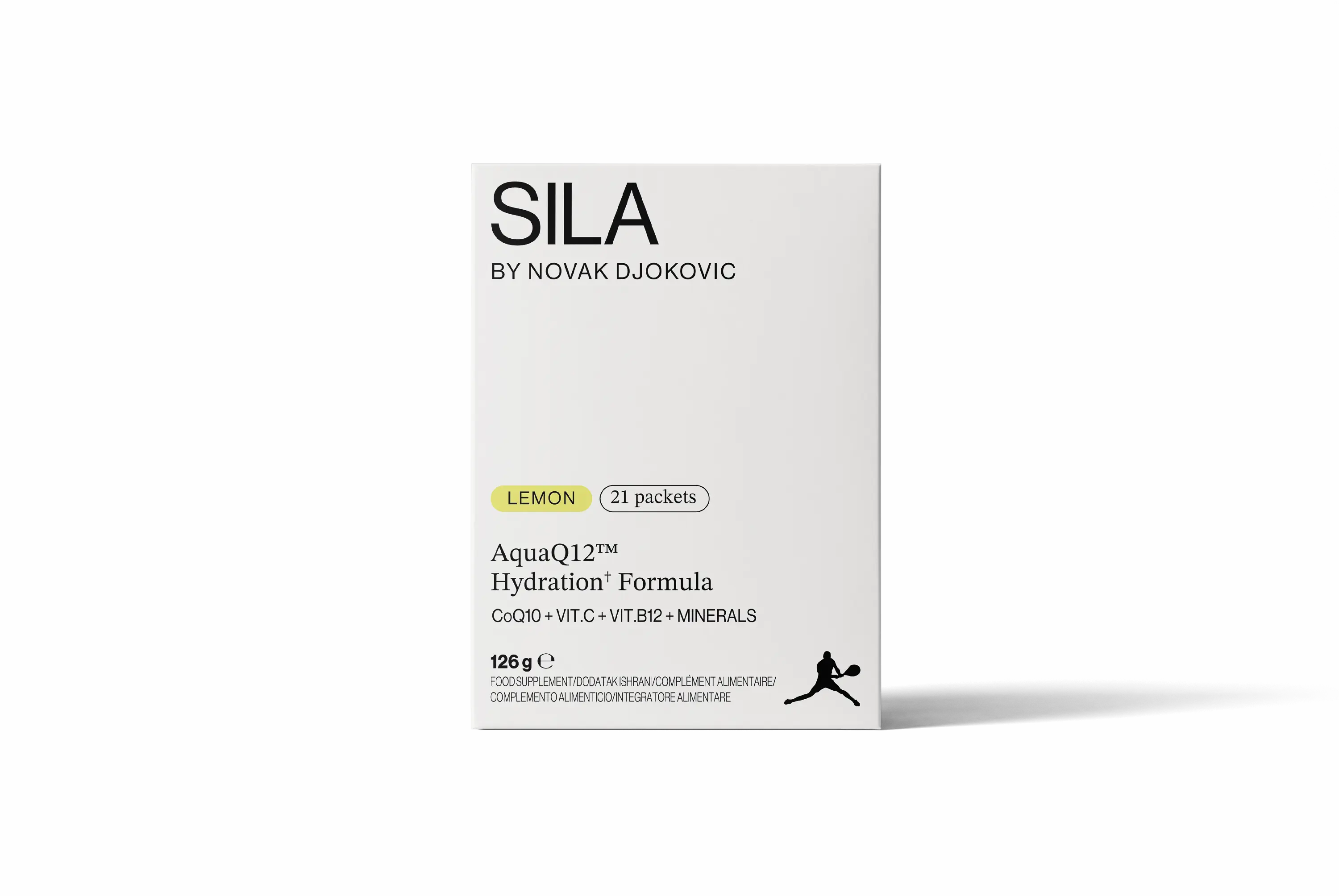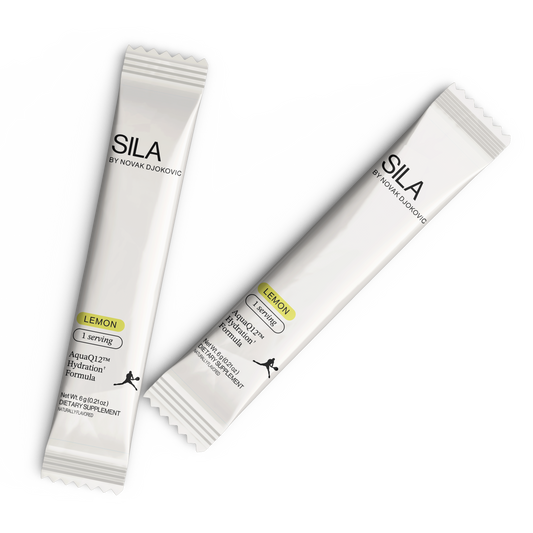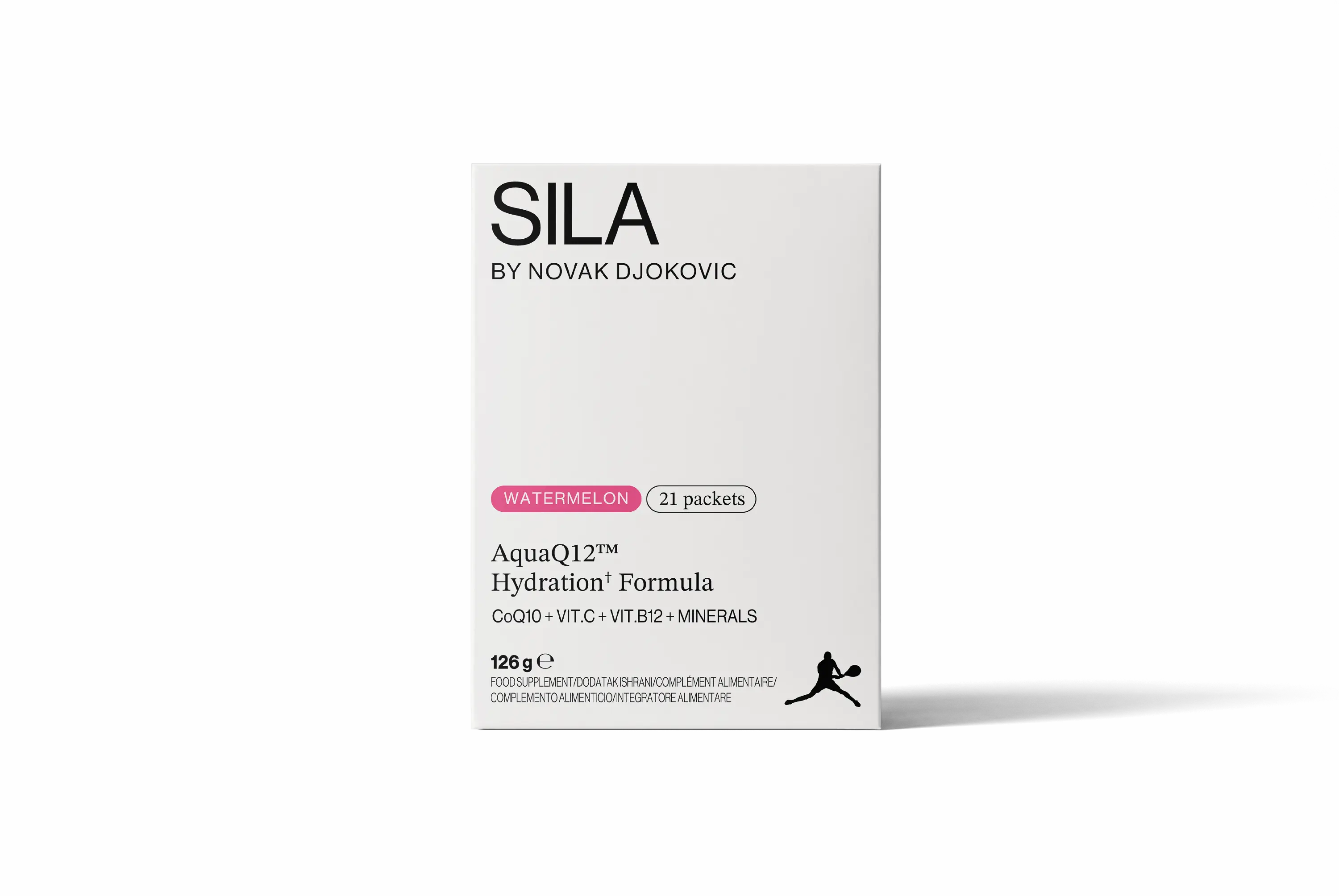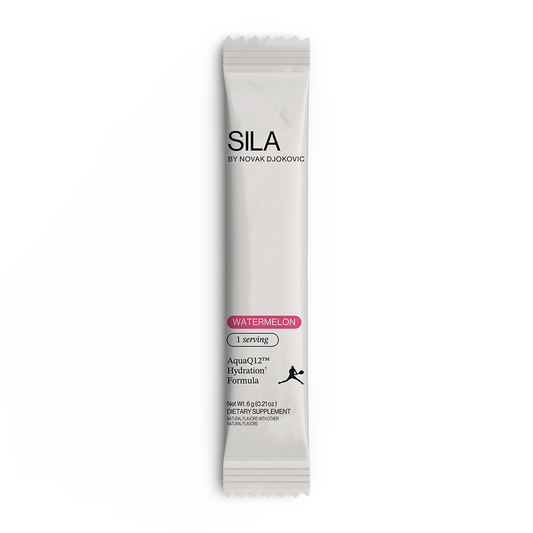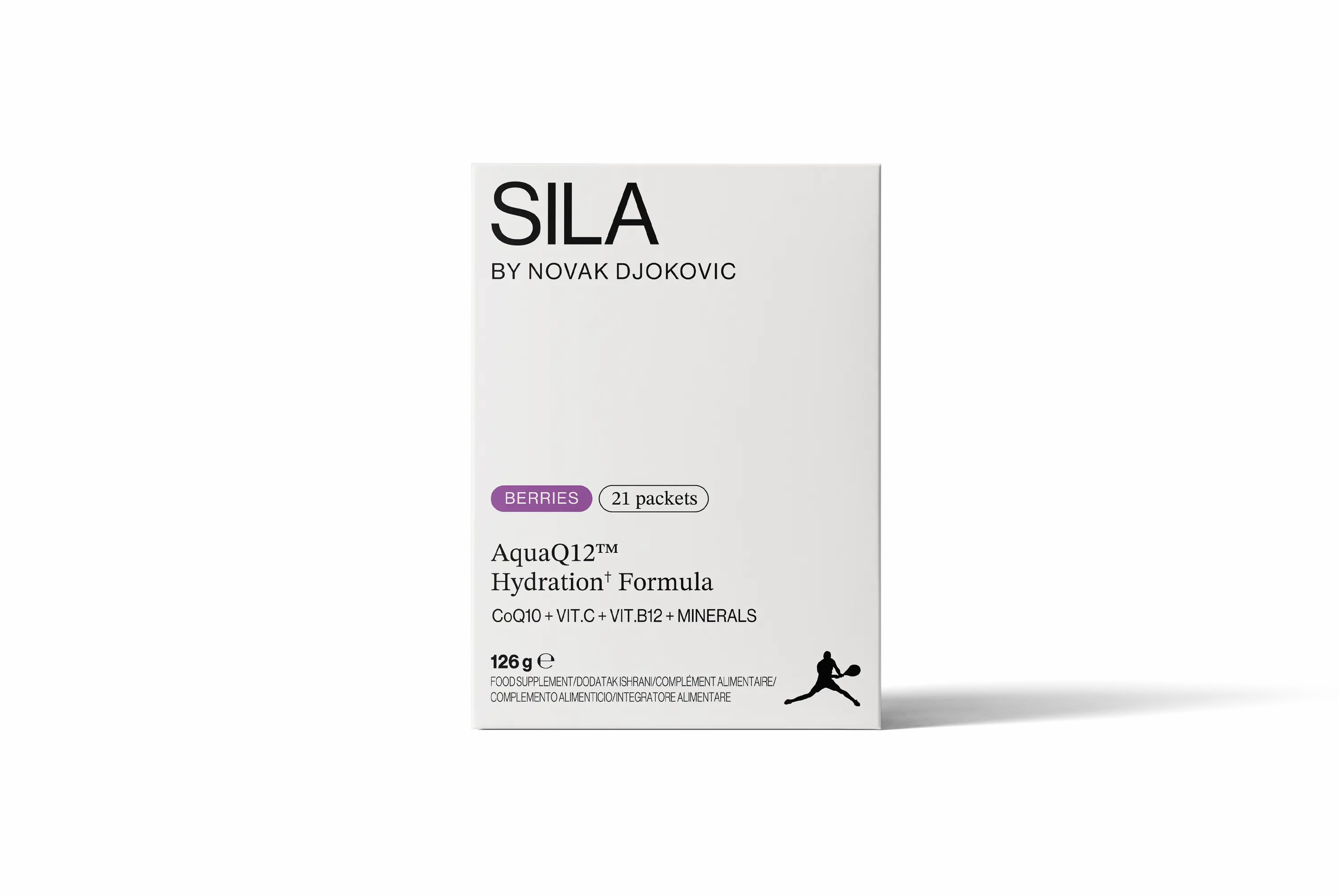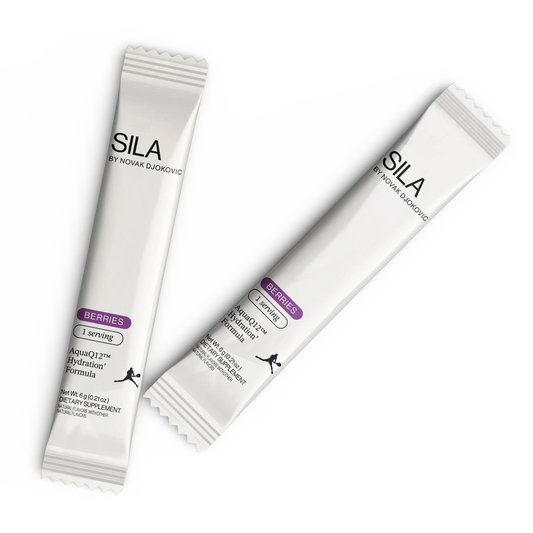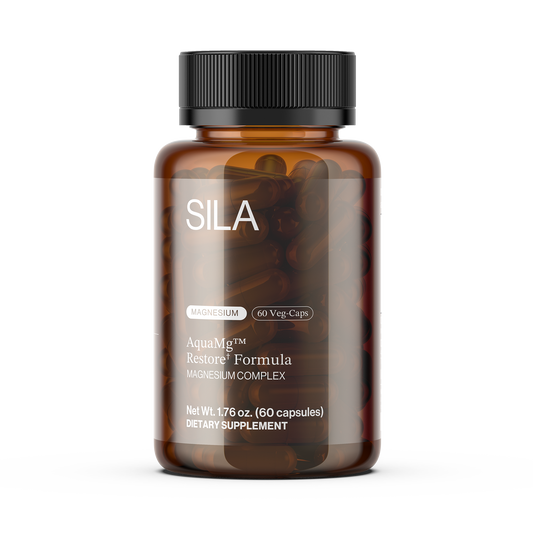Abstract
Nanoemulsion (NE) technology represents a breakthrough in improving the bioavailability of hydrophobic compounds like Coenzyme Q10 (CoQ10). Using Drosophila melanogaster as a model organism, this study demonstrates that CoQ10 nanoemulsions significantly enhance absorption, outperforming traditional powdered formulations by approximately 400%. The success of this technology lies in its innovative use of phospholipids to create nano-sized carriers that interact seamlessly with biological membranes, facilitating efficient cellular uptake.
Introduction
Coenzyme Q10 (CoQ10) is a lipophilic molecule with significant roles in mitochondrial energy production and antioxidant defense. However, its low solubility in water and poor gastrointestinal absorption limit its therapeutic potential. Nanoemulsion (NE) technology offers a promising solution, utilizing nanocarriers to encapsulate hydrophobic molecules and improve their bioavailability. This study evaluates the efficacy of CoQ10 nanoemulsions, focusing on the mechanisms underlying their enhanced absorption. Particular attention is given to the role of phospholipid-based nanocarriers, which mimic cell membranes and facilitate CoQ10 uptake through natural biological processes.
Mechanisms of Nanoparticle Absorption
Nanoemulsions are submicron emulsions characterized by droplets typically ranging from 20 to 200 nm. The key features that enhance absorption include:
Phospholipid-Based Carriers. The nanoemulsions used in this study are stabilized by phospholipids, amphipathic molecules with hydrophilic head groups and hydrophobic tails; These molecules form lipid bilayers or micelle-like structures that encapsulate hydrophobic CoQ10 molecules. Phospholipids closely resemble cellular membrane components, allowing the nanocarriers to fuse with cell membranes and release their payloads directly into the cytoplasm.
Increased Surface Area: The small size of nanoparticles drastically increases the surface area available for interaction with the intestinal epithelium. This enhances the likelihood of absorption through endocytosis or passive diffusion.
Improved Solubility: By dispersing hydrophobic molecules in a lipid-based matrix, nanoemulsions increase the apparent solubility of CoQ10, facilitating its transport across the aqueous environment of the intestinal lumen.
Enhanced Stability: Nanoemulsions protect CoQ10 from degradation by gastric acids and enzymes,preserving its bioactivity during gastrointestinal transit.
Materials And Methods Nanoemulsion Preparation
Nanoemulsions were formulated using high-pressure homogenization with a microfluidizer. The process ensured the formation of stable nanoparticles with uniform sizes below 100 nm. The lipid matrix was composed of biocompatible phospholipids. Three dietary groups of Drosophila melanogaster larvae were studied:
- Nanoemulsion Group (NE): Diet supplemented with CoQ10 nanoemulsion (10 mg/mL). Powder Group (PLV): Diet supplemented with powdered CoQ10 dissolved in ethanol (5 mg/mL).
- Control Group (CTRL): Standard diet without CoQ10 supplementation.
CoQ10 concentrations in larval tissues were quantified using HPLC. Chromatograms were compared to a CoQ10 standard (125 ng/mL) to determine the relative absorption across groups.
Results
The HPLC chromatograms reveal a significant enhancement in CoQ10 absorption in the NE group. Concentrations in larvae were:
- NE Group: 86 ng/mg
- PLV Group: 17 ng/mg CTRL Group: Below detection limits
The nanoemulsion demonstrated approximately 400% greater absorption than the powdered form. The enhanced absorption of CoQ10 in the nanoemulsion group can be attributed to the unique properties of phospholipid-based carriers:
- Membrane Fusion: The phospholipid structure mimics the bilayer composition of cellular membranes, enabling direct fusion and efficient payload delivery.
- Protection from Degradation: Encapsulation shields CoQ10 from oxidative and enzymatic degradation, ensuring more intact molecules reach the absorption sites.
- Targeted Delivery: Nanoemulsions provide a controlled release mechanism, reducing the variability of absorption seen with traditional formulations.
The enhanced bioavailability translated into improved physiological outcomes:
- Glucose Metabolism: Larvae fed with CoQ10 nanoemulsions showed significantly reduced glucose levels compared to other groups (p 0.05), indicating improved metabolic function.
- Motor Performance: In Parkinson-like Drosophila mutants, nanoemulsions preserved motor function longer than powdered formulations, demonstrating superior therapeutic efficacy.
Conclusion
The findings confirm that nanoemulsions dramatically improve the bioavailability of CoQ10, with the phospholipid-based technology playing a pivotal role. By mimicking
cellular membranes, these carriers enhance CoQ10 absorption and functional delivery.
This approach holds promise for a broad range of lipophilic bioactives, opening new avenues for nutraceutical and pharmaceutical innovation.
